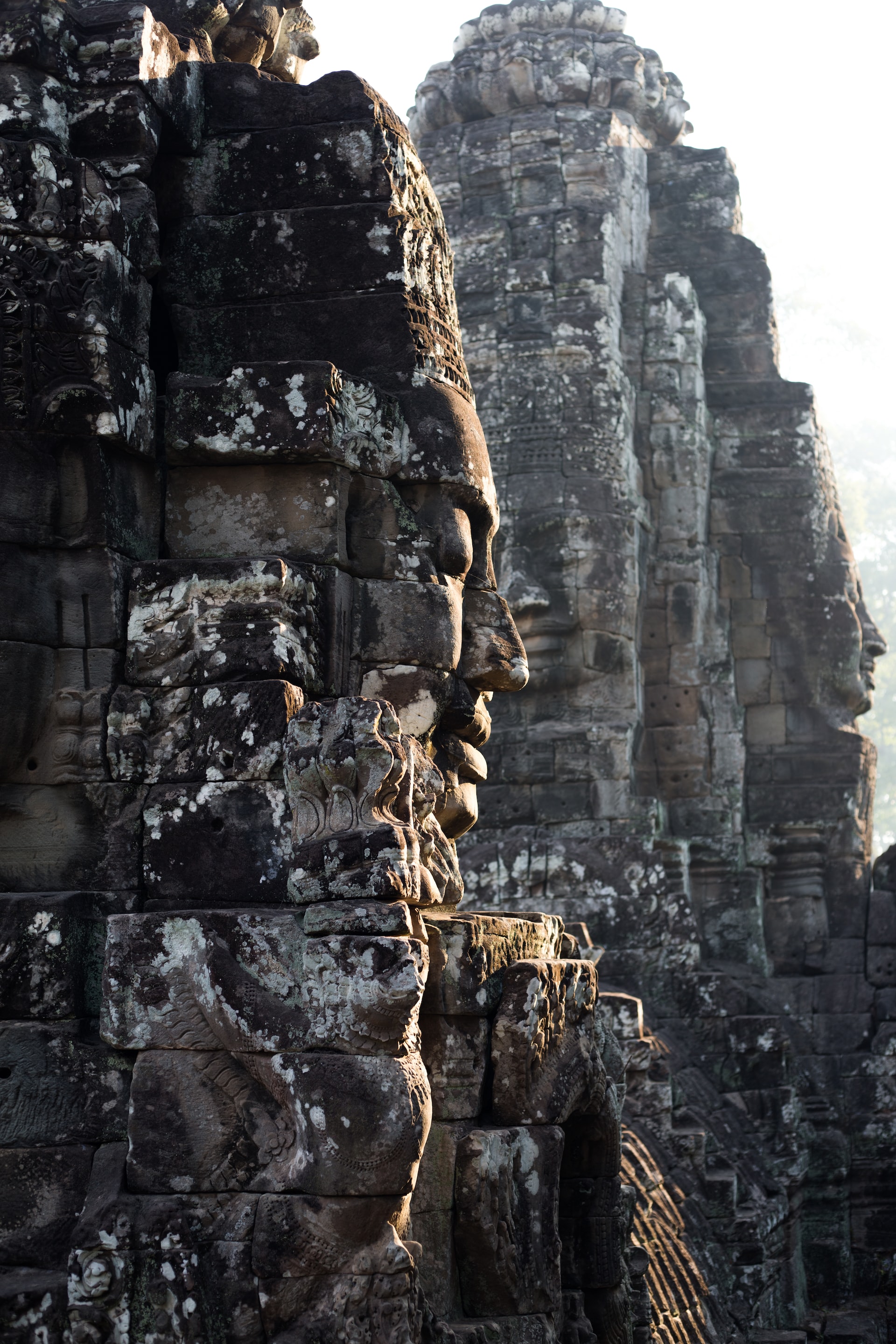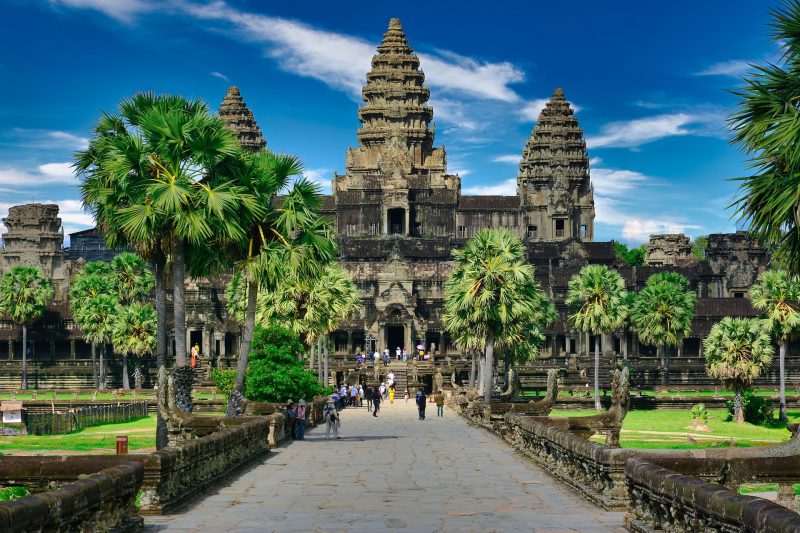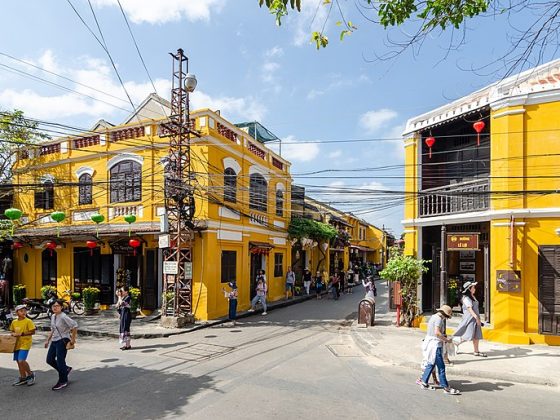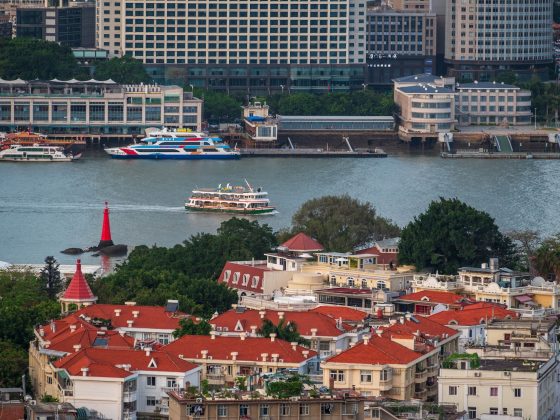While Angkor Wat gets a lot of the spotlight when it comes to ancient temples in Cambodia, equally captivating is the Bayon Temple, and here’s more on what you need to know.

Planning A Visit
The Angkor Archaeological Park, a UNESCO World Heritage Site, is where you will find the temples and monuments of the Khmer Empire. Part of this park is the ancient city of Angkor Thom, home to the Bayon Temple, within easy reach of downtown Siem Reap and hotels like FCC Angkor. Keep in mind there’s no public transport at the park itself, though you can hire a bicycle or e-bike for your exploration; other alternatives include hiring a tuk-tuk or joining a guided tour.
What To Expect
The Bayon Temple is also referred to as the “Face Temple” and it will be easy to understand why on your visit; here, you will find over 50 towers each with four large faces on them! These remarkable creations date to the 12th and 13th centuries and were built during the reign of King Jayavarman VII though no one is exactly sure what they represent; some say they portray Brahma or the Buddha, while others maintain it could be of the king.
Interestingly, while this site was constructed as a Buddhist temple, it was later turned into a Hindu temple with separate shrines for deities such as Shiva and Vishnu which offer unique insights into Angkor Wat. Hotels in Siem Reap make an ideal base to visit both these attractions with plenty to discover.
Some Highlights
The Bayon Temple has three enclosures to explore each providing enthralling things to see apart from the famous face sculptures. Notable aspects include the outer galleries of the third enclosure which feature sculpted bas-reliefs depicting historical events and pillars adorned with dancing Apsaras. At the second enclosure, one will come across towers displaying faces of Lokeshvara, while the first enclosure (inner enclosure) is where you will find sculpted faces on eight sanctuary towers.
Keep In Mind
Those exploring Angkor Archaeological Park including this temple should remember that a dress code applies, and one should wear conservative attire covering bare shoulders and legs. Since you will be doing a lot of walking, stay hydrated, wear sunscreen, and bring a hat / cap and sunglasses. To get the best perspectives and photographs of the faces at the temple, you will need to climb some steep steps too. Many tour groups tend to arrive here early morning, so you can consider visiting in the afternoon or evening when there will be relatively fewer people.











